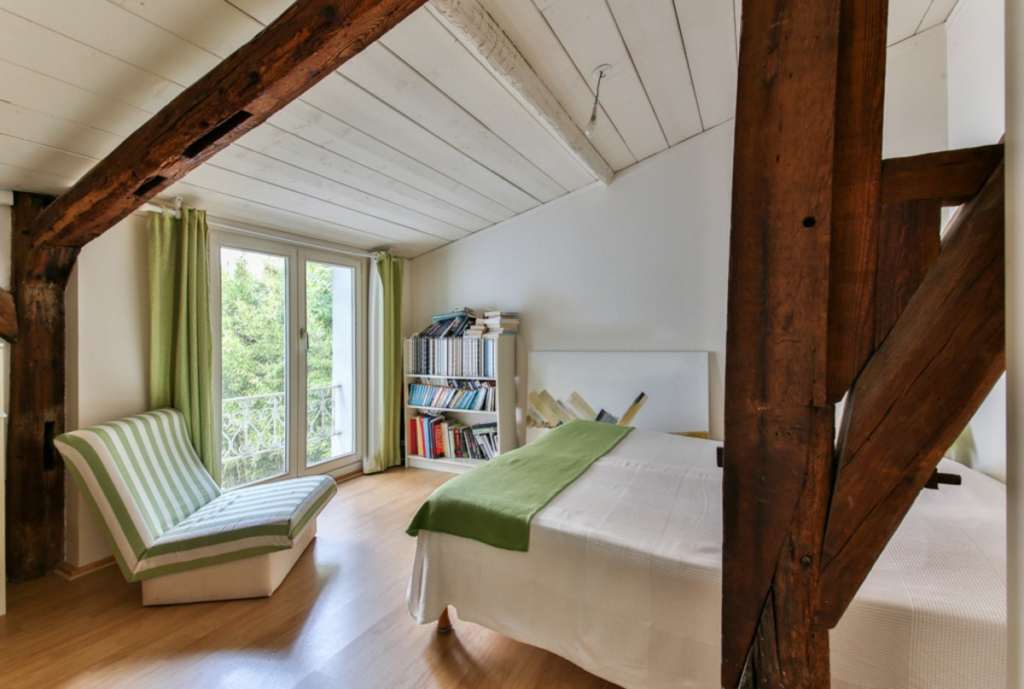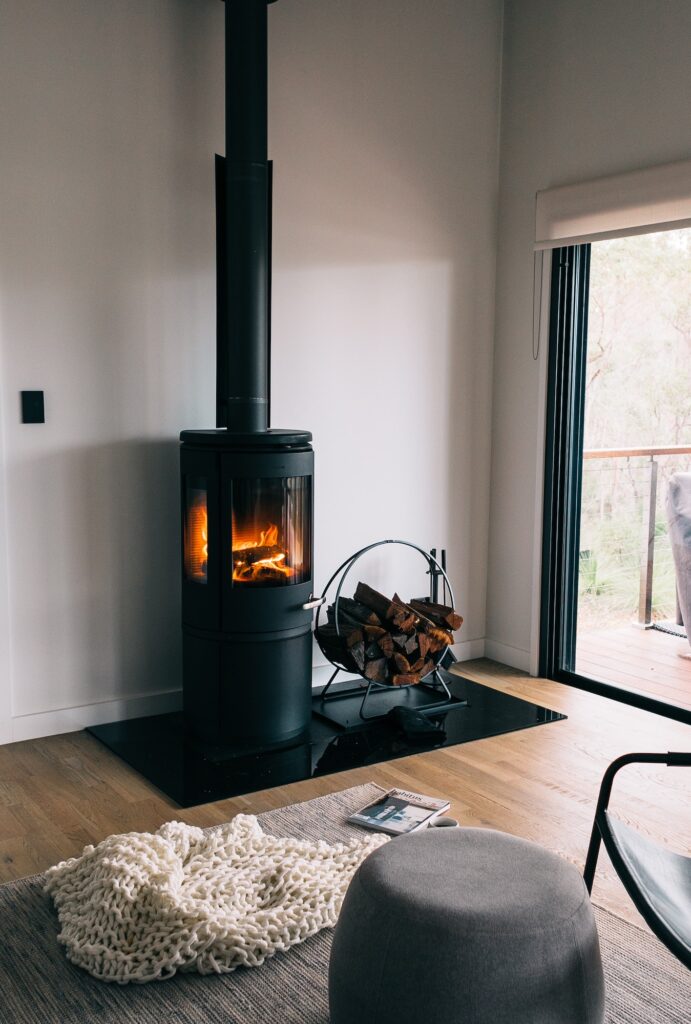Wet rot and dry rot are two different types of damp problems & decay that can affect your home. They both sound similar, but they have many key differences. For example, wet rot affects timber in a damp environment while dry rot only affects timber in a dry environment. They are both forms of wood decay and the main difference is where the moisture comes from. This article will discuss the difference between these two types of deterioration so you know what to look out for!
5 Simple Differences You Need To Know Between Wet Rot Vs Dry Rot
Wet rot
Wet rot is caused by water penetration, which can come from roof leaks, plumbing leaks or even ground water. This moisture and humidity causes the timber to rot, as it needs a moist environment for this type of decay. Areas where wet rot is commonly found are on timbers that surround chimneys or in an attic space between roof rafters. It is also found around the exterior of your home like in beams or fascia boards where it can cause serious structural damage if left untreated!
In wet rot, the wood is in contact with water at all times. That can be from outside sources such as rainwater or groundwater but also due to leaks around windows and doors or pipes that are leaking internally – so it’s important to check these areas regularly for moisture! From what I read about on Damp Hero wet rot will not have dry zones like they would if dry rot was present; this type of rot often begins on wooden structures like fences, decks, trellises etc. It affects mainly outdoor timbers because the drying process doesn’t happen when there’s consistent exposure to water – which means children should stay away until you’ve fixed any issues!
Dry rot
Dry rot occurs when there’s no outside source of moisture but instead, spores enter through small cracks or holes. It occurs when the wood has been exposed to excess water from sources such as rainwater leaks or ground saturation but then dries out at some point. Dry rot will cause dry areas around your home like timber window frames, siding boards or foundations and mainly affects timber in very dry environments. It can also be found inside walls because they have no exposure to outside air circulation due to being enclosed all day long! This form of rot often goes unnoticed until much later stages, so make sure to check once in a while for peace of mind.
Drying process
The best way to prevent either form of decay is by drying off any excess moisture on your wood by using a dry mop, taking the time to let it dry out completely or installing an air conditioner in addition to ventilation.
Drying can also be achieved by applying a sealant to the wood or replacing it with new lumber.
Which rot is most common?
The most common form of rot is wet rot. This type occurs when water saturates wood and can be caused by a number of factors such as rainwater or plumbing leaks. Wet rot will cause the timber to disintegrate on contact with moisture due to its high-cellulose content – it’s also known as cellulite decay (not the dieting kind!). The best thing you can do for this problem is fix any issues because it can cause problems with mortgage protection insurance which will put buyers off when you plan to sell.
Although wet rot is more common, dry rot is more serious! If dry areas inside your home are exposed then they’ll be at risk from fungi growth which may lead to some nasty outcomes like respiratory problems, allergies and even asthma attacks! It’s not just unsightly either; mould spores in these moist environments could potentially affect anyone who has been in contact with the area, so it’s vital to get rid of them as soon as possible!
Dry rot treatment
Although dry rot can be treated, it is typically permanent. If you’re thinking of buying a home you should ask about certificates for any of this kind of work that has been done because it can be risky buying a home that has a history of any kind of damp. It is usually treated by removing the damaged wood and repairing or replacing it with new lumber, just like most wet rot cases.
The most common type of treatment for dry rot is treating it with a chemical solution which will kill off any remaining fungus spores that might be causing the decay. One popular product containing this active ingredient is Boron, but other brands specialise in antifungal agents as well to provide an all-natural way to prevent the spread of mould.
In a nutshell
Knowing between whether you’re dealing with dry or wet rot can make a huge difference when looking at how best to get rid of them so be sure to read up on these differences before getting someone in for an inspection. Wet rot generally affects exterior areas like beams, fascia boards; whereas Dry rot primarily affects bathrooms inside enclosed walls that have no exposure to outside air circulation.
A lot goes into deciding whether you have wet or dry rot in your home! If you suspect either form of decay has taken root on your property, contact your local professionals today!





